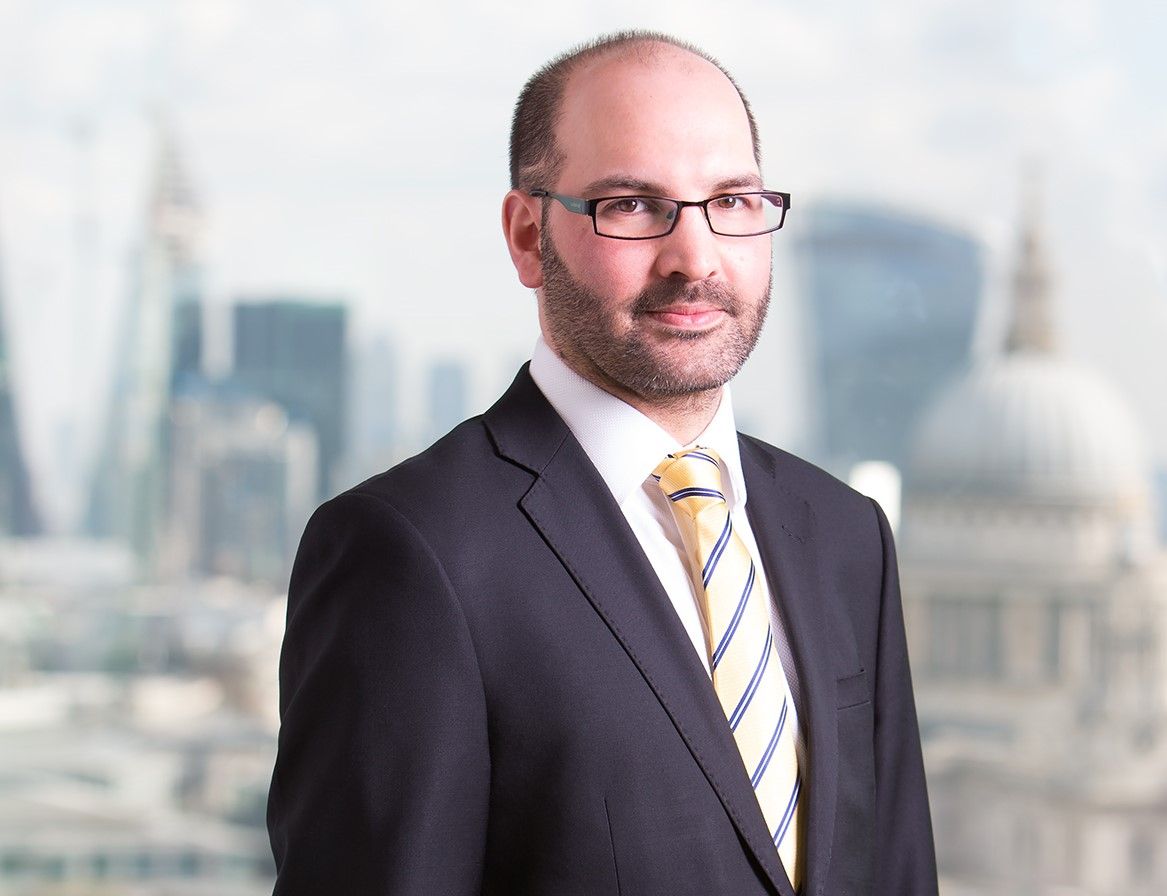The rise of passive investing could be detrimental to the integration of ESG considerations into investing, according to a whitepaper published by Pangaea Wire Group
In the whitepaper Is passive investing killing ESG?, Klisman Murati, director at Pangaea Wire Group, explores the key difference between the passive and active approach to ESG, and found that active managers “have a mandate from their clients to engage with management of listed companies to fully flesh out their ESG vision and framework for the ultimate benefit of a positive stock price”, while passive funds don’t.
“Due to the lack of engagement with management, passive funds cannot shape what they consider as effective ESG policy for the companies in their fund,” Murati said.
“This lack of investor accountability is giving management more independence in how they go about shaping their ambitions and direction, but if not incentivised by investors, companies according to Adam Smith risk neglecting their ESG responsibilities or may pander to the fog of public opinion.”
Murati conceded that there are a number of passive funds with ESG considerations, two examples being the Vanguard ESG Developed World All-Cap Equity Index and Vanguard ESG Emerging Markets All-Cap Equity Index funds.
However, according to the whitepaper, “this still does not mitigate the fact that the true aim of ESG is to build a philosophy of positive environmental, social and governance principles for all companies to engage in, and to use the voice and leverage as a shareholder to hold companies to account to these standards”.
“It is not simply an exercise of excluding or screening out companies which are involved in non-renewable energy, weapons, and ‘vice’ products such as gambling, tobacco and alcohol,” it said.
As a result, the whitepaper makes the case that the growth of passive investing, with passive assets in Europe surging past the $1trn at the end of last year, could spell bad news for the engagement necessary for true ESG investing.
The report concluded: “Due to the lack of engagement with management, passive funds cannot shape what they consider as effective ESG policy for the companies in their fund. This lack of investor accountability is giving management more independence in how they go about shaping their ambitions and direction, but if not incentivised by investors, companies … risk neglecting their ESG responsibilities or may pander to the fog of public opinion.”
Fiduciary duty
However, Hortense Bioy, director of sustainability research at Morningstar and ESG Clarity panellist, challenged some of the assumptions made in the whitepaper, pointing out that passive managers also have a “fiduciary duty to their investors to push for changes that will increase shareholder value”.
She said: “The shift to index investing hasn’t led to an abdication of stewardship responsibilities. On the contrary, index managers are increasingly taking an active role in the oversight of investee companies.
“They are also joining forces with other asset managers and assets owners through investor coalitions. For example, BlackRock joined the Climate Action + initiative in January.”
Bioy added that it can be questioned whether active managers have always been active owners of companies. Even today, not all active managers engage directly with every single one of their holdings, especially if this holding is small, she said.
She added: “Unlike active managers, index managers can’t sell poorly run companies. They must either put up with poor governance or encourage positive change through voting and engagement.”
Different approach
Meanwhile, Ben Seager-Scott (pictured), head of multi-asset funds at Tilney Group, suggested thinking of passive versus active ESG investing as more of a spectrum from light-green to deep-green, instead of discounting passives completely.
“The rise of passive ESG investing should be accompanied by a discussion with investors about what they are trying to achieve, and as long as investors understand what they’re buying, I think that passive and active ESG can live side-by-side much as all the other investment styles,” he said.
In his opinion, passive funds can do a good job of screening out the worst offenders from each industry, which can be considered a light-green approach.
“There will be investors out there who are very comfortable with passive investment styles, but at the same time don’t want their money going into some of the worse offending stocks from an ESG point of view,” he said.
“Conversely, there will be investors who want a much stronger form of ESG, where their investments not only screen out the ‘bad’ but also actively promote ‘good’ companies and where there is more activist investing and strong engagement with company management (stewardship), which could well result in a more divergent performance from the benchmark, in what is more of a deep-green approach.”
In addition, since ESG investing is often thematic, Seager-Scott said investors could use passive funds as tools to make a call on which global themes they think are going to be winners in the future.








